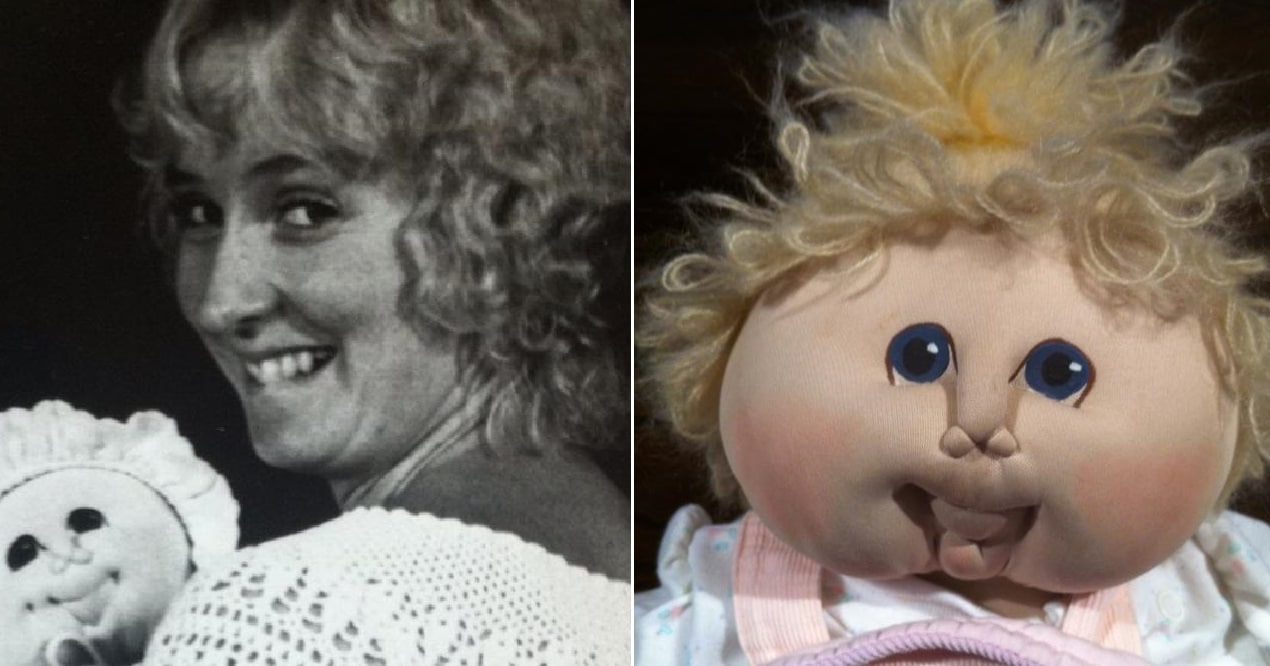Xavier Roberts is known worldwide as the creator of Cabbage Patch Kids, the doll line that became one of the world’s biggest in the 1980s. Behind the scenes, however, a folk artist always laid claim to the toys’ design – and Roberts has been accused of plagiarising what was another person’s passion project.
Martha Nelson Thomas was the real brains behind the soft-sculpted doll revolution. As she watched Xavier Roberts ‘take inspiration from’ her idea and mass-produce dolls to make millions of dollars, Thomas remained in obscurity. But while Thomas died in 2013, before she passed she made sure to get a piece of the empire she inadvertently helped to create.
“She was flat-out reinventing the doll”
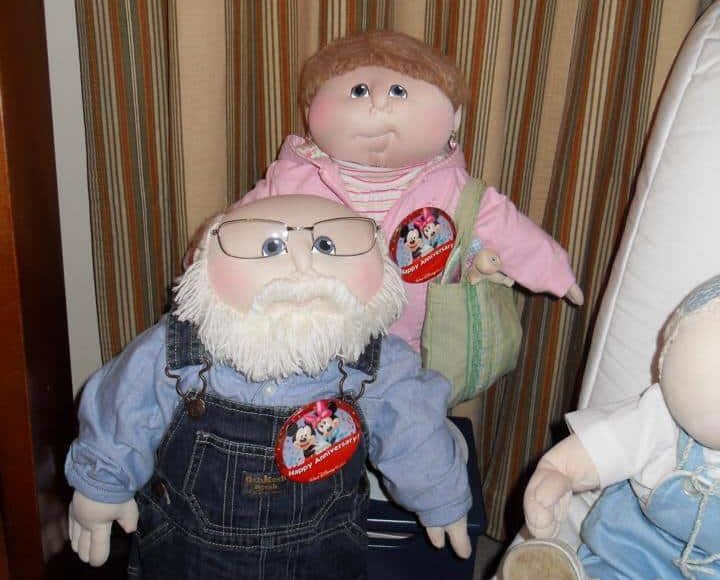
Martha Nelson Thomas was born on November 29, 1950 and grew up in Mayfield, Kentucky. She studied art in Louisville, where she developed her passion: soft-sculpture doll-making.
Picking out costumes, characters and faces, she was building a new type of plaything, far more cuddly than what were the stiff traditional dolls. As a close friend would later comment in a Vice documentary, “She was basically flat-out reinventing the doll.”
Thomas’ new product came with a set of “important papers” which included a letter from the doll, stating their name and their hobbies. Each doll had a unique character and personality. Thomas called these soft playthings ‘Doll Babies’.
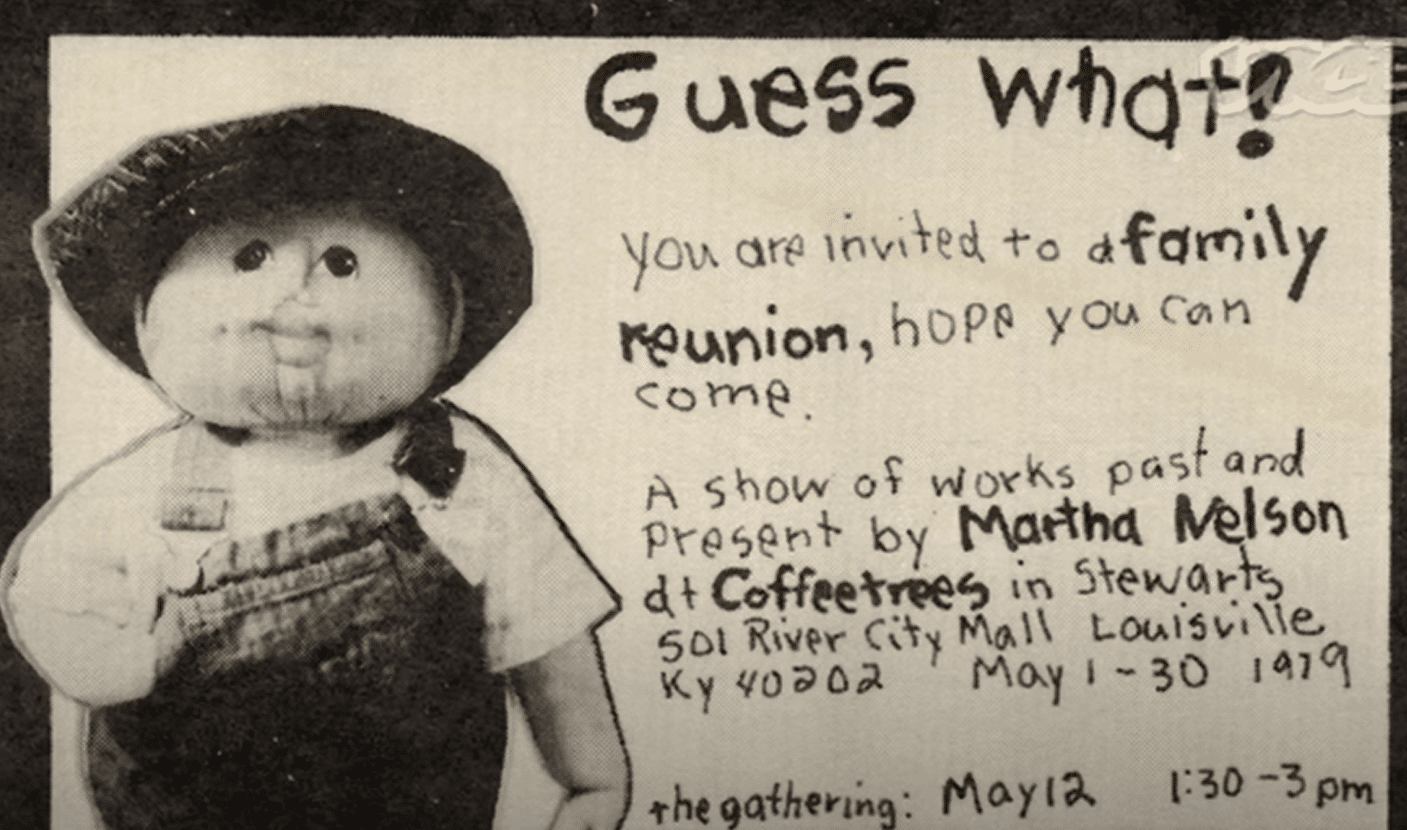
Thomas began selling her dolls at local craft fairs, describing the process as “adoption”. But despite this streak of marketing genius, she was no saleswoman. “My wife was a pretty shy person,” her husband Tucker Thomas would later say. “Her way of communicating with strangers was through her work.”
One fateful day in 1976, Thomas was selling her dolls at a craft fair in Berea, Kentucky, when she met Xavier Roberts. Born in 1955, Roberts was one of six children raised by a single mother in Cleveland, Georgia. Like Thomas, he was a keen artist interested in making his name in the toy industry.
“My store will carry your type of dolls, either made by you or someone else”
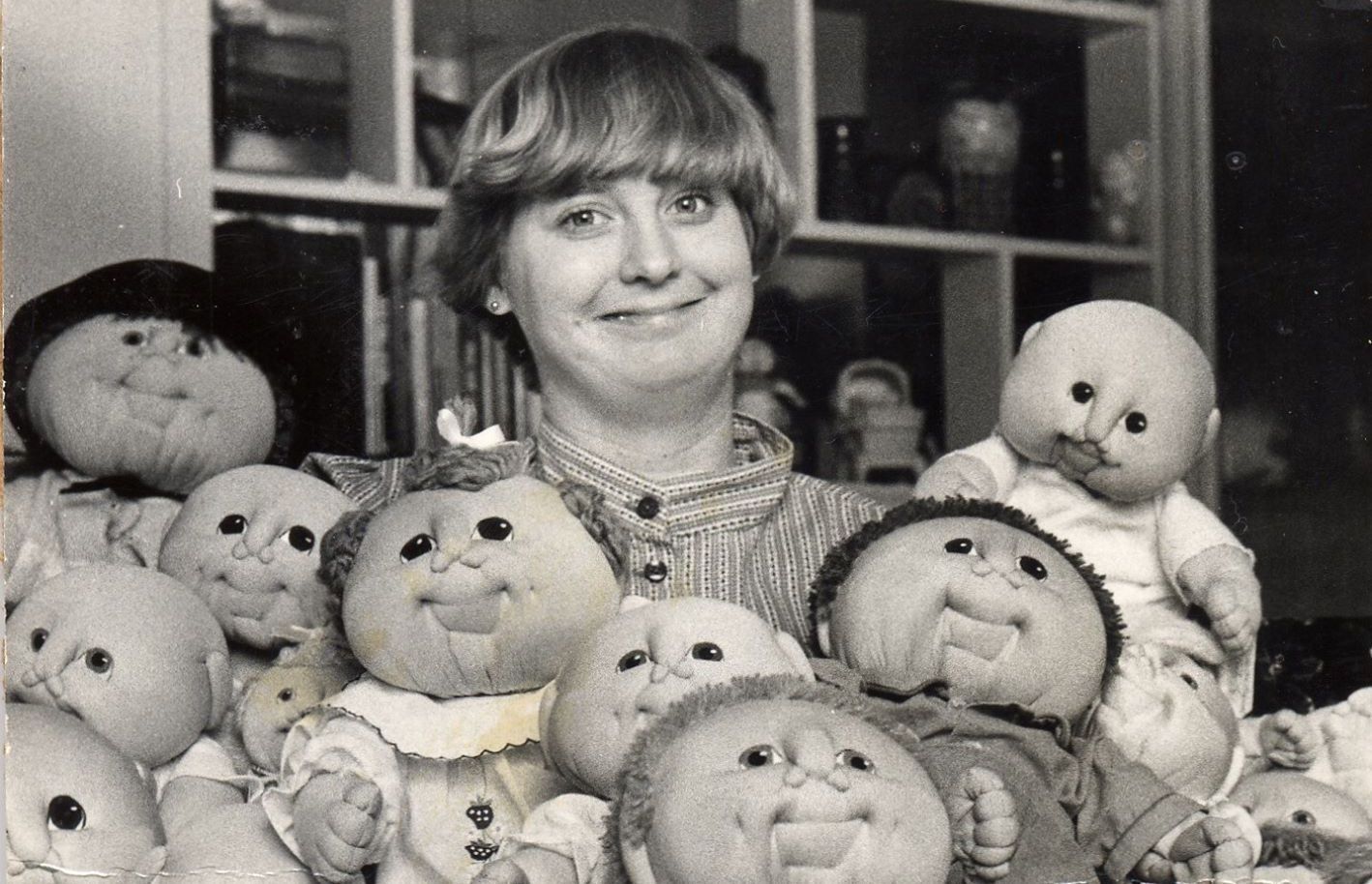
When he first met Martha Nelson Thomas at the craft fair, Roberts was instantly obsessed with the dolls. According to Thomas, he asked if he could start selling them. As the pair began to discuss prices, he insisted that he would find a way to sell them no matter what.
The “shy” Thomas agreed to sell some of her dolls to Roberts, but she felt uncomfortable that he was selling them on from his Georgia store, making considerable profits. When she refused to sell any more toys to him, he replied with a threatening letter.
“[My store will] carry your type of dolls, either made by you or someone else,” he wrote.
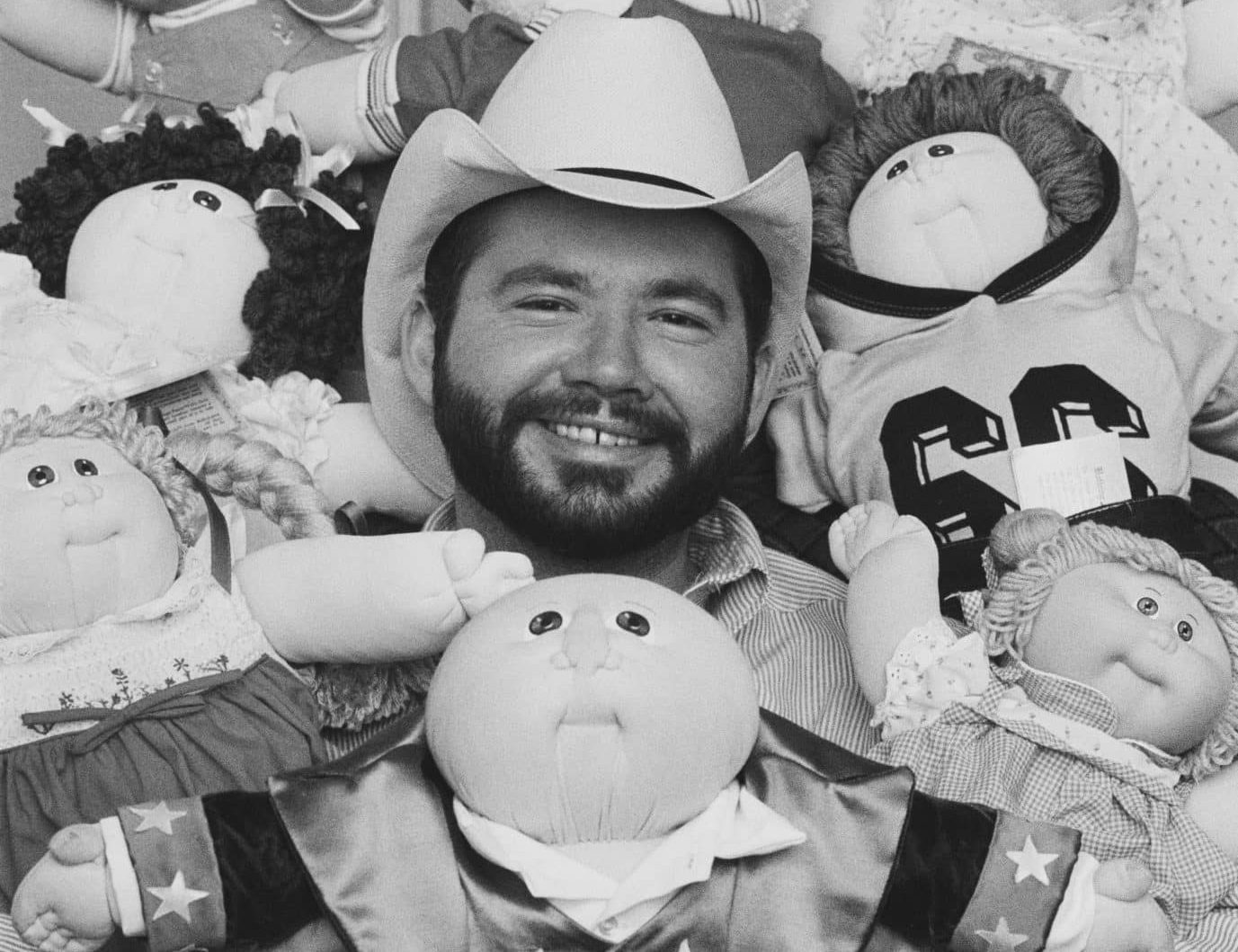
Just two years later, Roberts created his own handmade soft-sculpture doll that was strikingly similar to Thomas’ Doll Babies, though the faces were rounder. Like the Doll Babies, Roberts’ ‘original’ dolls came with adoption papers and unique names. He won his first award for the toys at a Florida craft show in 1978.
Roberts opened his BabyLand General Hospital in a former medical clinic in his hometown of Cleveland, Georgia, where he hired a team to hand-make more dolls. The toys were called ‘Little People Pals’, before Roberts settled on the name of ‘Cabbage Patch Kids’.
Thomas was horrified when she learned of what Roberts had done; from the dolls’ look to the adoption concept, Roberts’ Cabbage Patch Kids were near identical to Thomas’ Doll Babies. Thomas particularly disliked the fact that Roberts’ dolls were hand-signed, which she saw as a move towards adult collectors rather than children. “There’s no place to sign a baby,” she told one friend.
The lawsuit begins
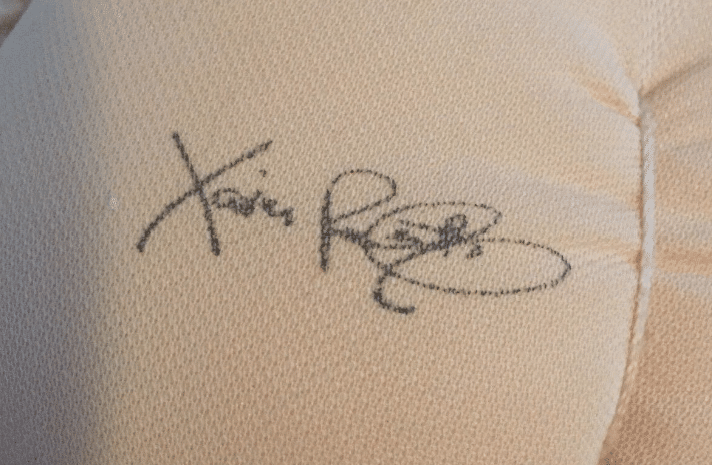
Nevertheless, Roberts’ dolls took the toy market by storm. They entered mass production in China in 1982, and people were soon seen fighting in toy stores to get their hands on the latest releases. The Cabbage Patch Craze had begun.
In TV interviews, Roberts – now a minor celebrity – never mentioned Thomas when talking about how he invented Cabbage Patch Dolls. Instead, he described his personal love of soft sculpture and his background as an artist.
Thomas, who remained poor as Roberts made his millions, decided to seek help from Legal Aid. On January 29th, 1980, she filed an intellectual property lawsuit against Roberts, claiming he had stolen her idea.

Roberts remained silent on the unfolding legal battle. But Paula Osborne, the president of the company that licensed and produced Cabbage Patch Dolls, belittled Thomas’ copyright claim.
“I think the whole thing is just jealousy and envy on Martha Nelson’s part,” she said. “There have been soft dolls around for a long time.”
“He was the first to come up with this unique look,” she elaborated. “It’s not a copy of Martha Nelson’s.”
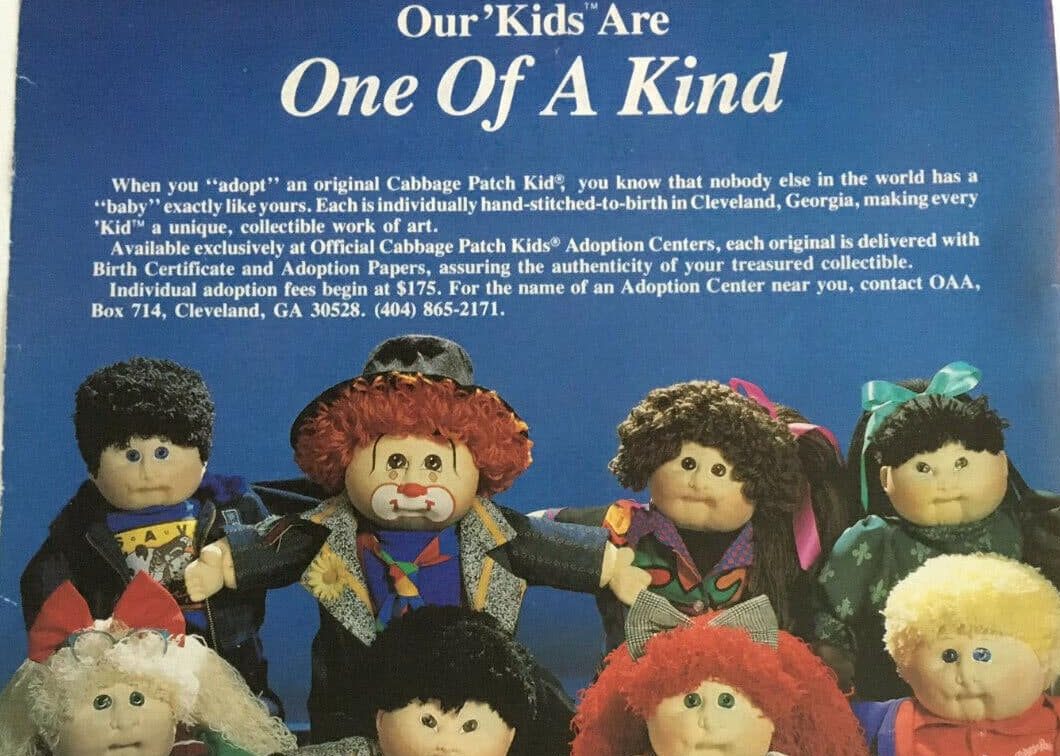
However, in testimony, Roberts admitted to his attorney that he was “inspired” by Thomas’ dolls: “So I sat down to make them. We tried to copy them as little children. We kept experimenting with Martha’s.”
In 1982, a judge ruled that Roberts had done no wrong. While he had indeed borrowed from Martha’s ideas, she never filed copyright for her Doll Babies – meaning that no infringement technically took place.
“[She] left the door open for [Roberts] to add a slight touch of originality, which in turn gave him a copyright,” the judge noted.
“I was making dolls for kids who wanted something that everyone else did not have”
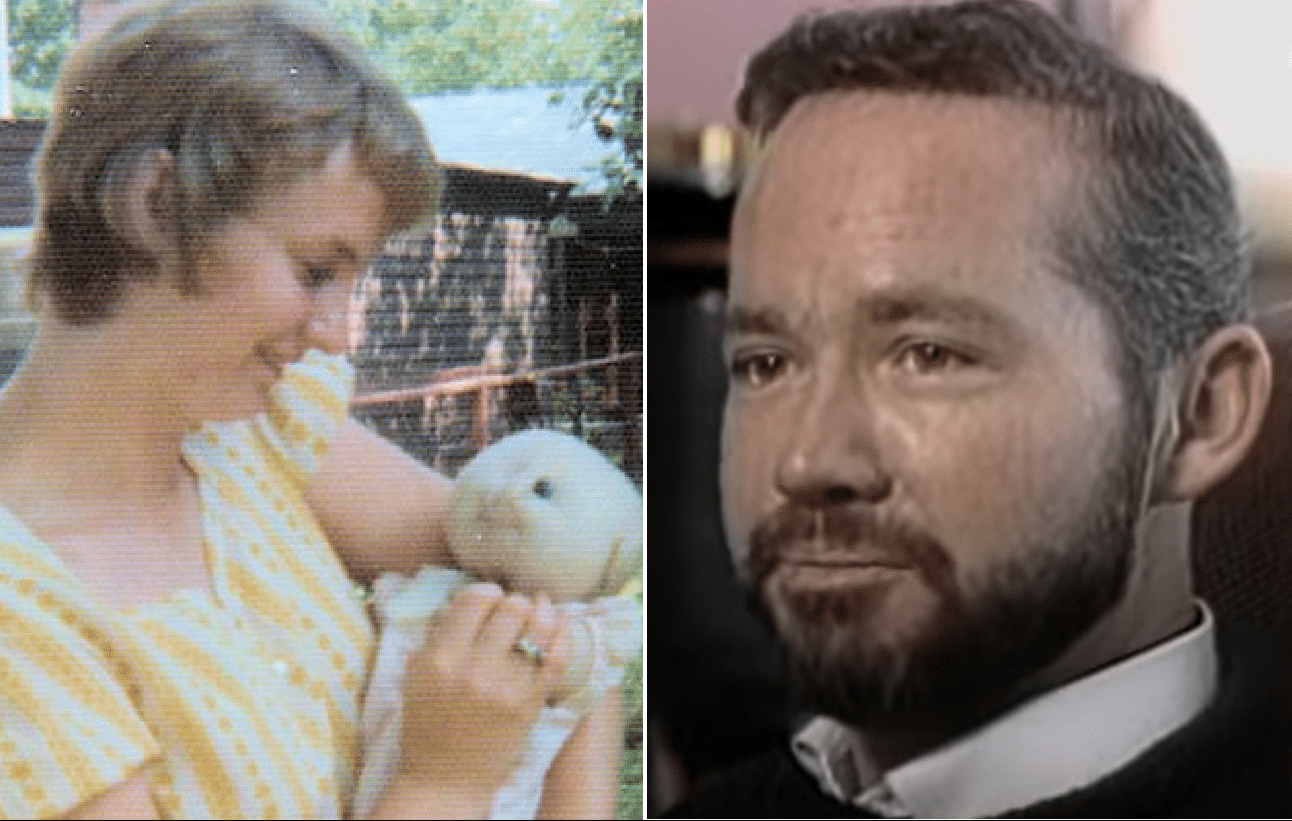
Still open, however, was Thomas’ claim of unfair competition. After six gruelling years of legal action, she ultimately settled the case of out court, receiving an undisclosed payment.
Though she never told the public how much she made, Thomas reassured close friends that she now had enough money to send her children to college. Meanwhile, Xavier Roberts went on to amass an estimated personal fortune of $50 million.
Despite the global spread of her Baby Doll idea, Thomas continued to work at local craft fairs, selling Christmas angels and sock dolls. After the lawsuit, she developed Baby Dolls into a self-assembly kit, which allowed people to stitch their own dolls by hand.

Thomas felt that this process was more authentic and artistic than the mass-produced Cabbage Patch Kids that plagiarised her idea. “I didn’t want a doll that would be on everybody’s Christmas list,” she summarized. “I was making dolls for kids who wanted something that everyone else did not have, for kids who had not been brainwashed.”
When she passed away from ovarian cancer in May 2013, her dolls were positioned in pride of place at her funeral.
“She was an artist, a creator, probably the most genuine, non-pretentious, salt-of-the-earth person I’ve ever known,” her attorney would later say.

